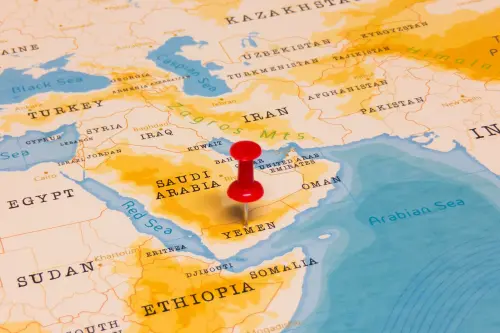Executive summary
The 2019 Global Fragility Act (GFA) represented an ambitious attempt to improve the U.S. approach to fragile and conflict-affected countries and prioritize conflict prevention. Five years later, the administration has taken some noteworthy steps to “do business differently” in a handful of GFA pilot countries. However, the administration and Congress must renew momentum around the initiative and recalibrate their efforts if they hope to realize the original ambitions of the legislation and the administration strategy that followed. A surge in violent conflicts globally and the reemergence of major power competition only underscore the importance of these ambitions.
In this three-part paper, we summarize the most significant components of the GFA and the administration strategy, assess early implementation, and provide recommendations for Congress and the administration. We encourage Congress and the administration to use the five-year anniversary of the GFA and the first congressional progress report, due in March 2025, to 1) Recommit to the core objectives of the GFA, 2) Provide the resources necessary for “doing business differently,” and 3) Improve operationalization of some key GFA principles. This includes:
Recommit to the core objectives of the GFA: The GFA called for a whole-of-government initiative to improve the U.S. approach in all fragile countries, but the initiative is currently operating primarily as a foreign assistance initiative, and the impact is limited to a handful of pilot countries. Reversing this requires the following:
-
Developing a plan for expanding the impact of the GFA beyond the pilot countries.
-
Getting serious about integrating diplomatic and defense tools.
-
Strengthening policymaker buy-in.
Provide the resources necessary for “doing business differently”: While both the GFA and the administration strategy focus on changing how the U.S. government operates, Congress has only appropriated foreign assistance resources at a minimal level and has not provided the kind of operational resources necessary to strengthen the inherently governmental operations the legislation seeks to improve. Congress and the administration should ensure the GFA pilot countries have the necessary operational resources, such as via a statement in the State Department’s Diplomatic Programs account calling for the allocation of dedicated operational resources to GFA priority countries.
Improve operationalization of key GFA principles:
-
Local leadership: Develop a more realistic approach to local leadership and adjust or consider pausing implementation in countries without credible local leadership.
-
Donor collaboration: Ensure embassies have the resources and support necessary to move beyond just coordination to collaboration.
-
Credible objectives: Identify more credible, nearer-term objectives to guide U.S. interventions in the pilot countries and develop flexible implementation plans.
-
Learning and adaptation: Complement complex, long-term monitoring, evaluation, and learning (MEL) frameworks with rigorous learning processes that can better inform policymaking while mitigating the bureaucratic burden on staff.
-
Private sector partnership: Improve integration of USAID and Development Finance Corporation (DFC) investment tools, set a DFC investment target in fragile countries, and deploy investment officers to select fragile countries to proactively identify viable projects.
-
Transparency: Establish transparency as the default for the GFA.
The Brookings Institution is committed to quality, independence, and impact.
We are supported by a diverse array of funders. In line with our values and policies, each Brookings publication represents the sole views of its author(s).







